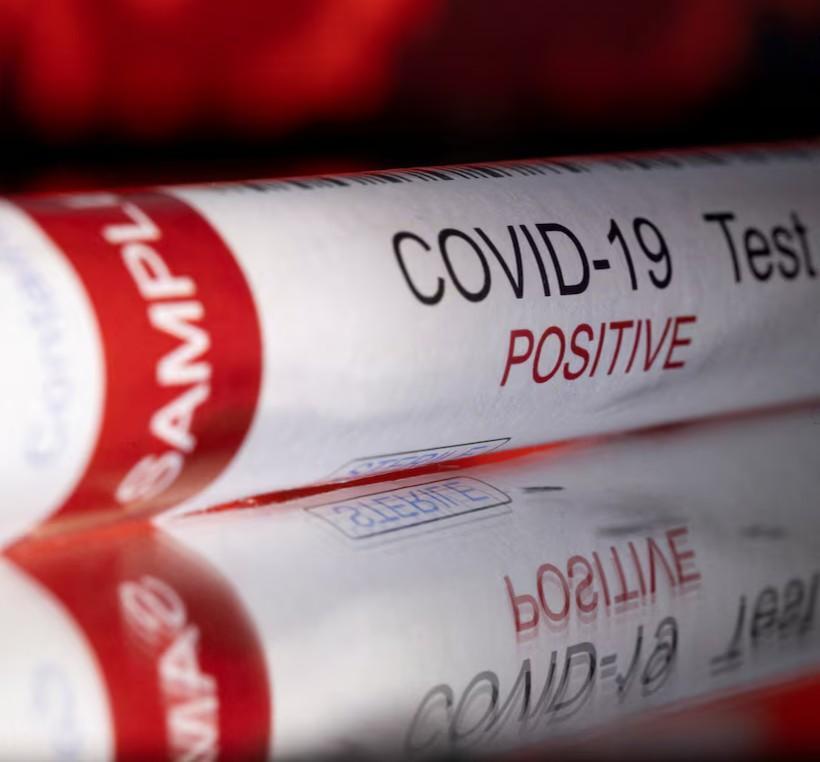
COVID-19 Cases Rise in Several US States: A Summer Wave Returns
The United States is experiencing a resurgence of COVID-19 cases, with a total of 25 states reporting a significant spike in cases, according to the US Centers for Disease Control and Prevention (CDC). The rise in cases has been attributed to a combination of factors, including the fading of immunity, new COVID-19 variants, and summer behavior patterns.
The summer wave, as it is being referred to, is a concerning development for public health officials and the general population alike. The rise in cases has been reported in states such as Florida and Texas, which are typically hotspots for COVID-19 during the summer months.
According to a recent report by the CDC, the number of new cases has been increasing steadily over the past few weeks, with a significant jump in cases reported in several states. The report highlights the need for increased vigilance and public health measures to mitigate the spread of the virus.
So, what is driving the rise in COVID-19 cases? Experts point to a combination of factors, including the fading of immunity, the emergence of new COVID-19 variants, and summer behavior patterns.
Fading Immunity:
One of the primary reasons for the rise in COVID-19 cases is the fading of immunity. As the virus has been circulating for over a year, many people’s immune systems have begun to lose their effectiveness against the virus. This means that even those who have been vaccinated or previously infected are at risk of contracting the virus again.
New COVID-19 Variants:
Another factor contributing to the rise in cases is the emergence of new COVID-19 variants. These variants are more contagious and have been linked to increased transmission rates. The Delta variant, in particular, has been causing concern among public health officials, as it has been linked to increased hospitalization rates and severe illness.
Summer Behavior Patterns:
Summer behavior patterns also play a significant role in the rise in COVID-19 cases. As the weather warms up, people are more likely to engage in outdoor activities, travel, and attend crowded gatherings. These behaviors increase the risk of transmission, as people are more likely to come into close contact with others who may be infected.
Air-Conditioning:
Another factor to consider is the use of air-conditioning. As people spend more time indoors with air-conditioning, they are at a higher risk of transmission. Air-conditioning can reduce the effectiveness of masks and increase the spread of the virus.
State-by-State Breakdown:
According to the CDC, the 25 states reporting a significant spike in COVID-19 cases are:
- Arizona
- Arkansas
- Florida
- Georgia
- Idaho
- Iowa
- Kansas
- Louisiana
- Michigan
- Mississippi
- Missouri
- Montana
- Nebraska
- Nevada
- North Carolina
- North Dakota
- Oklahoma
- Pennsylvania
- South Carolina
- South Dakota
- Tennessee
- Texas
- Utah
- Virginia
- West Virginia
What Can You Do to Protect Yourself?
As the summer wave of COVID-19 cases continues to spread, it is essential to take steps to protect yourself and your loved ones. Here are some tips to help you stay safe:
- Get vaccinated: If you have not been vaccinated, now is the time to do so. The COVID-19 vaccine is the most effective way to prevent serious illness and hospitalization.
- Wear a mask: Wearing a mask in public spaces and when interacting with others can help reduce the transmission of the virus.
- Practice social distancing: Maintaining a safe distance from others can help reduce the risk of transmission.
- Avoid crowded gatherings: Avoiding crowded gatherings and events can help reduce the risk of transmission.
- Wash your hands frequently: Washing your hands frequently with soap and water can help reduce the transmission of the virus.
- Stay home if you’re sick: If you’re feeling unwell, it’s essential to stay home and avoid interacting with others to prevent the spread of the virus.
Conclusion:
The rise in COVID-19 cases in the United States is a concerning development, and it is essential to take steps to protect yourself and your loved ones. By understanding the factors contributing to the spike in cases and taking steps to prevent transmission, we can work together to mitigate the spread of the virus.



